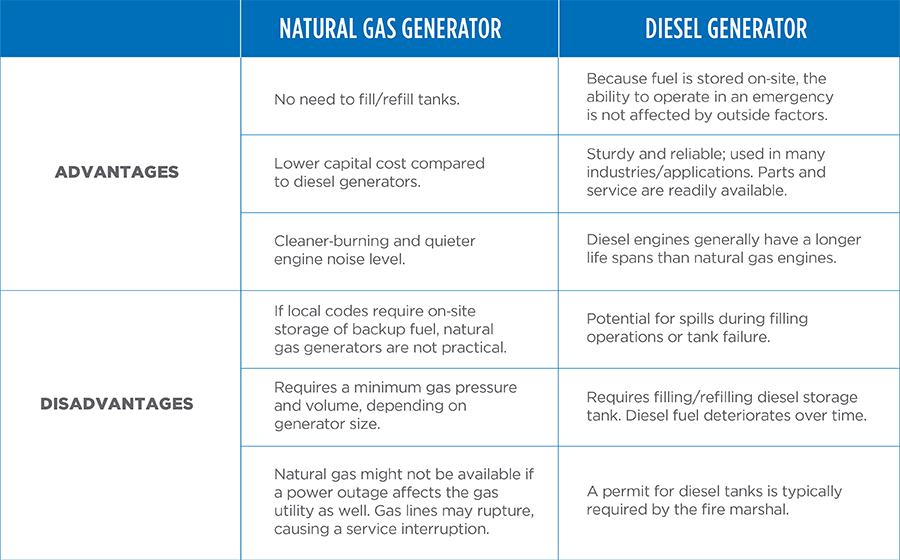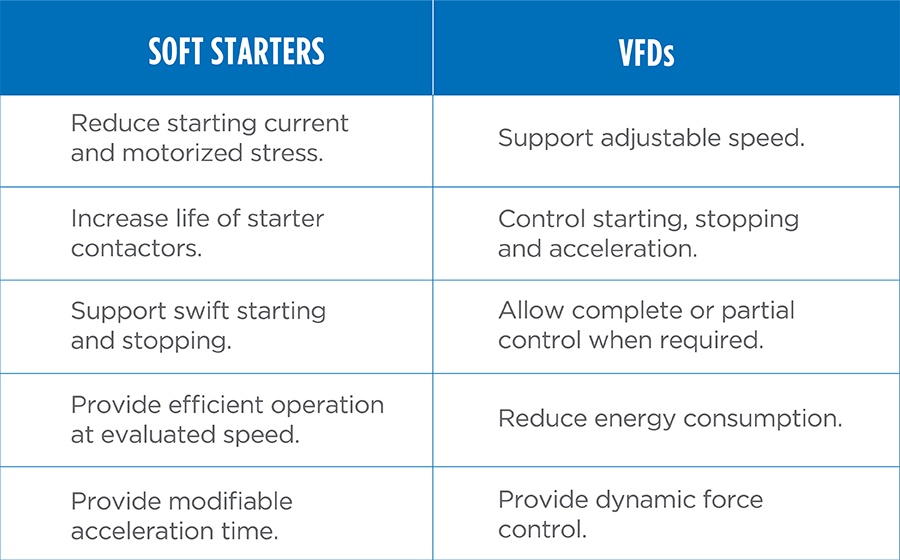
Many existing pump stations in the U.S. are decades old, do not comply with current design standards and code requirements, and may lack appropriate safety features. Upgrading these pump stations can boost efficiency, increase capacity, meet regulatory requirements, and provide enhanced reliability, security and safety. Given these factors, this white paper discusses retrofitting wastewater pump stations.
It is important to first evaluate an existing pump station and collection system to decide whether rehabilitation or building a new pump station would be better in the long run. Cost is often a driver, and retrofitting an existing pump station can be less costly than constructing a new one. A thorough analysis of a facility can help utilities identify appropriate solutions. Engineers should be aware of many factors that are important to analyze during pump station evaluation and condition assessment. All can factor into developing viable long-term and cost-effective solutions.



